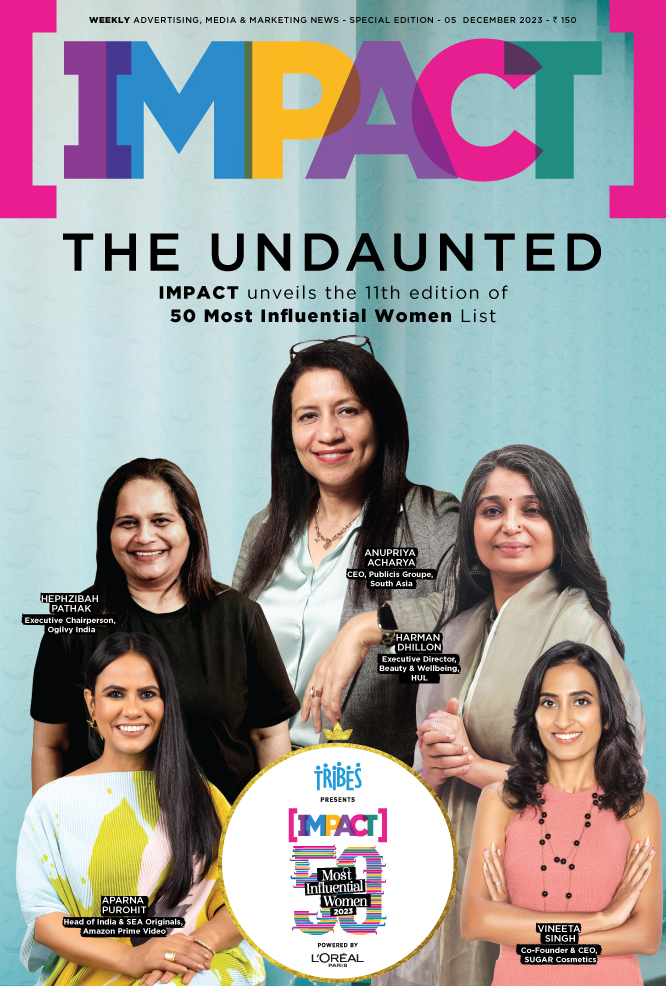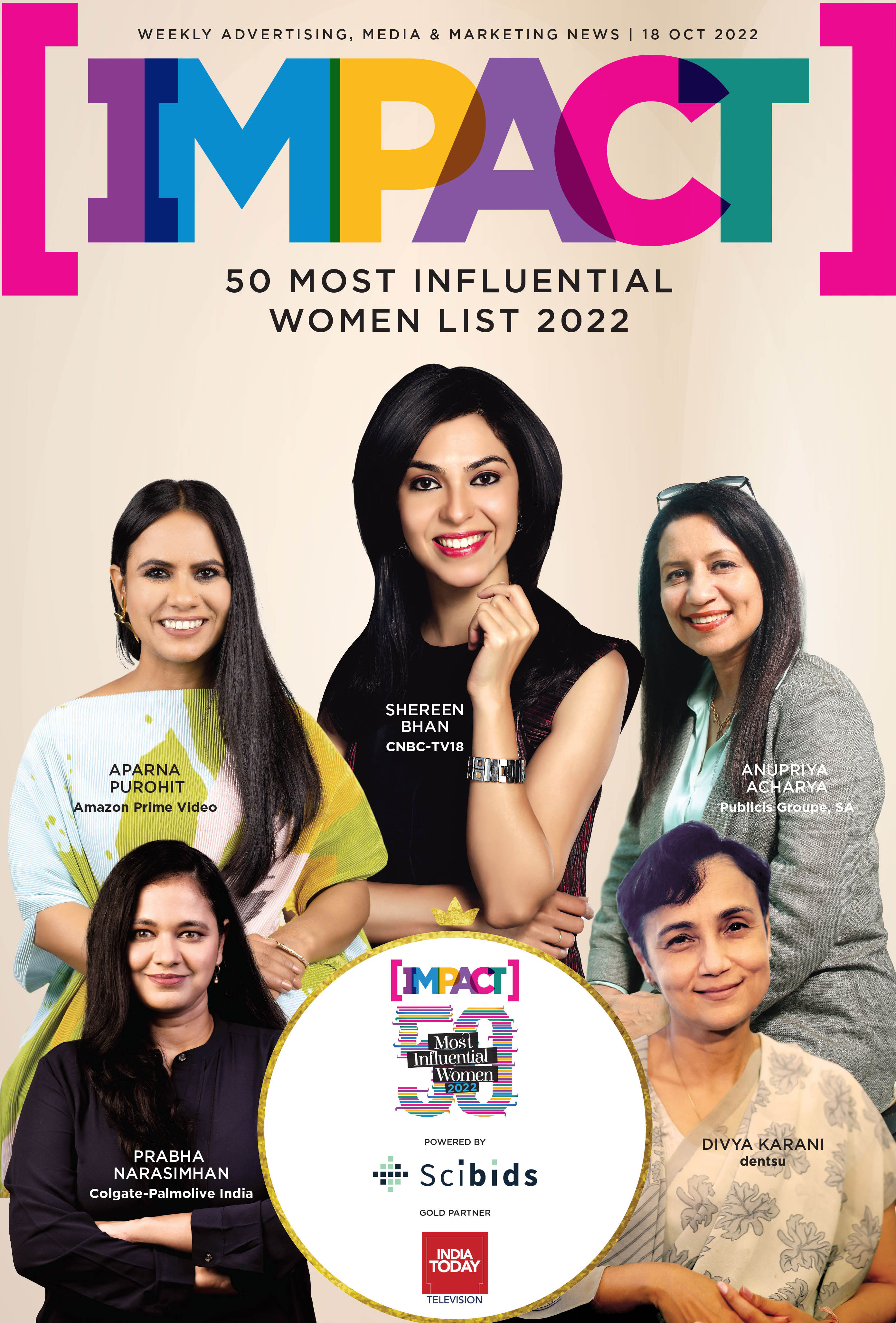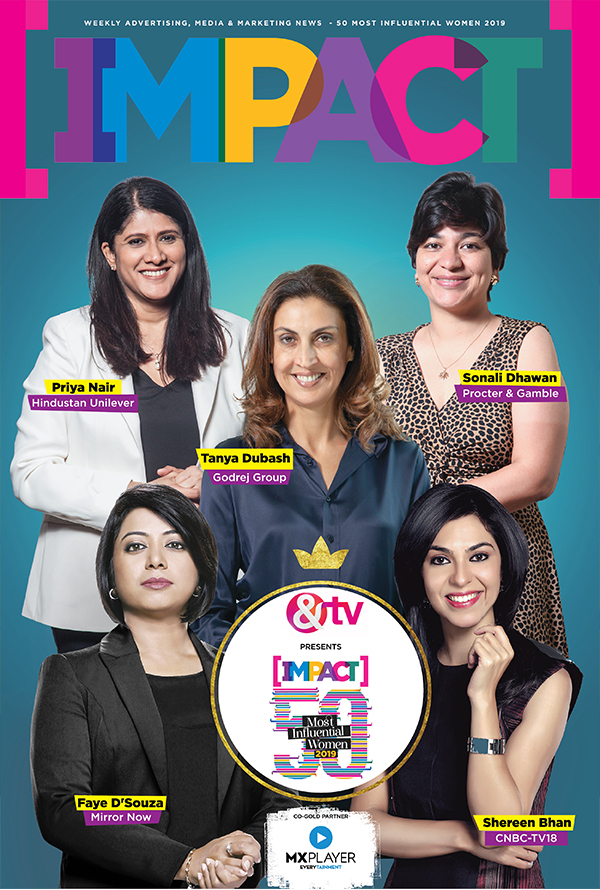Tata Motors unveiled the production-ready version of the Sierra in Mumbai on 15 November, a day after holding an extensive media interaction to outline the strategic thinking behind the model’s revival. The relaunch of the Sierra — a nameplate phased out decades ago — is being positioned as a response to changing Indian consumer behaviour rather than a nostalgia-led move. The SUV will be formally launched on 25 November.
At the media briefing on November 14, Vivek Srivatsa, Chief Commercial Officer, Tata Passenger Electric Mobility Ltd., outlined how the Sierra project was shaped by changes observed over the past three decades. He said the team’s research focused heavily on how travel habits, spending patterns and expectations from personal mobility have evolved since the early 1990s. Improved highways and inter-city connectivity, he noted, have made long road journeys routine for many Indian families. With people spending more time inside their vehicles during extended commutes and highway trips, he said interior experience has moved to the centre of consumer decision-making. He explained that the development of the Sierra followed a reversed process compared to standard automotive practice, “We started off with the brand, brand first, and then we looked at what consumers need and then we created the product.”
Srivatsa also pointed to broader cultural and behavioural shifts driven by social media, where self-expression influences purchasing decisions across categories. This trend, combined with increased experimentation in fashion, design and lifestyle choices, informed the decision to look at legacy nameplates that carried cultural memory but could be adapted for the present day. When asked by IMPACT Magazine whether any specific insights supported the Sierra’s relevance, Vivek said, “Indian consumers are changing so much: experimentative, spending time on experiences with family. The entire mindset of where they want to spend their money, how much they want to spend, the balance between saving and spending, everything has changed. We thought the OG car, which treated movement more as an experience than as a need, should come back.” He added that while several legacy models were evaluated, Sierra stood out for its lifestyle associations and adaptability. “That’s why we started with the brand, made the product which fits the brand, and then brought it to the market,” he said.
The public showcase on November 15 presented the production-ready Sierra alongside a curated set of cultural collaborations with Indian brands. These included a 500-unit limited-edition timepiece by the Delhi Watch Company, a capsule apparel line by HUEMN, a Sierra-themed version of Gully Labs’ Dvaita sneaker, a travel accessory line from Nappa Dori and a Sierra-branded Starbucks tumbler featuring topographic patterns. The Sierra also appears in DIVINE’s new track You & I. Tata Motors described these as short-term cultural partnerships without royalty components, aimed at exposing the Sierra to contemporary lifestyle contexts while offering visibility to homegrown brands.
On the design front, the new Sierra retains recognisable cues from the original while modernising proportions, stance and cabin layout. The SUV is larger and built on a platform distinct from both the Nexon and Harrier, with detailed specifications to be shared at launch. When asked how the Sierra would differentiate itself in a saturated SUV segment, Srivatsa said the distinction lies largely inside the vehicle. “The interior of the product is very different. Like I said, it was inspired from the living space,” he said.
Marketing plans for the Sierra will lean heavily on outdoor advertising in the early phase, with digital spending adjusted dynamically based on response. Television advertising remains an option but is not central to the initial rollout. The brand film showcased at the event was conceptualised internally, with external support only for production. Tata Motors also confirmed that the Sierra will lead its presence in the upcoming IPL and WPL seasons, following the company’s long-standing strategy of showcasing product brands rather than corporate branding during major cricket events.
Tata Motors will launch the internal-combustion version of the Sierra first, followed by an electric variant approximately six months later. Srivatsa said the decision not to recreate the original three-door configuration was driven by the need for volume viability in the mainstream market. He added that increasing price parity between ICE and EV models in other Tata vehicles has widened the potential EV consumer base, which the Sierra EV will later enter.
While the company has not disclosed numerical targets for the first year, it said the Sierra is expected to regain market visibility as a distinctive model and eventually contribute meaningfully to volumes. Across both the briefing and the public showcase, Tata Motors maintained that the Sierra’s revival is intended not as a retro exercise but as a response to how Indians today travel, spend and express themselves, a shift the company believes the new Sierra is now positioned to address.




























